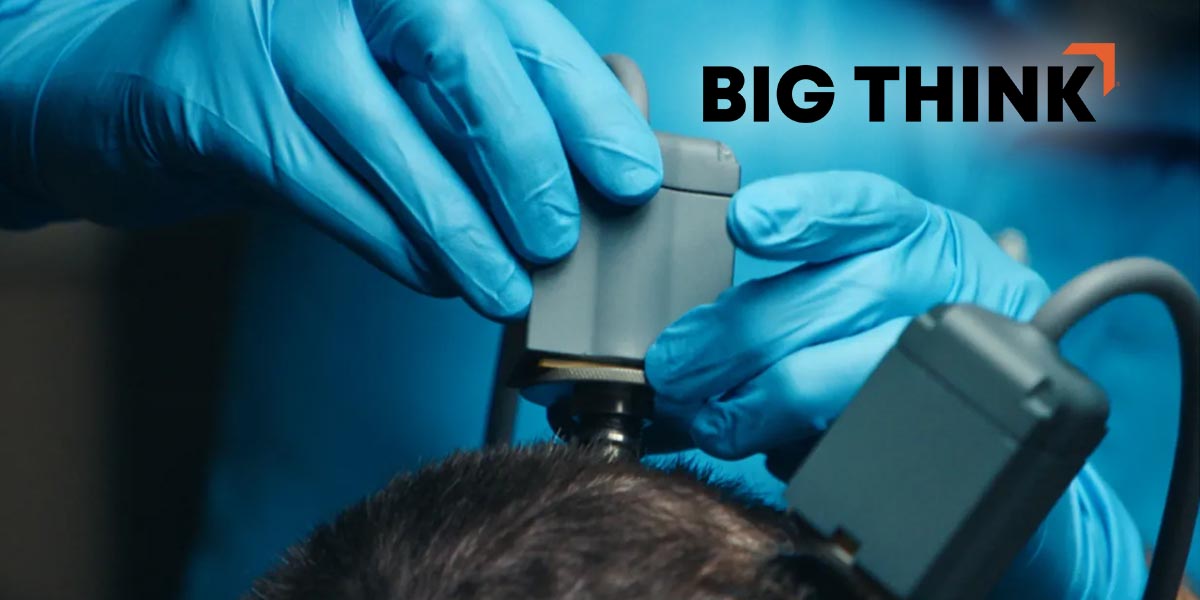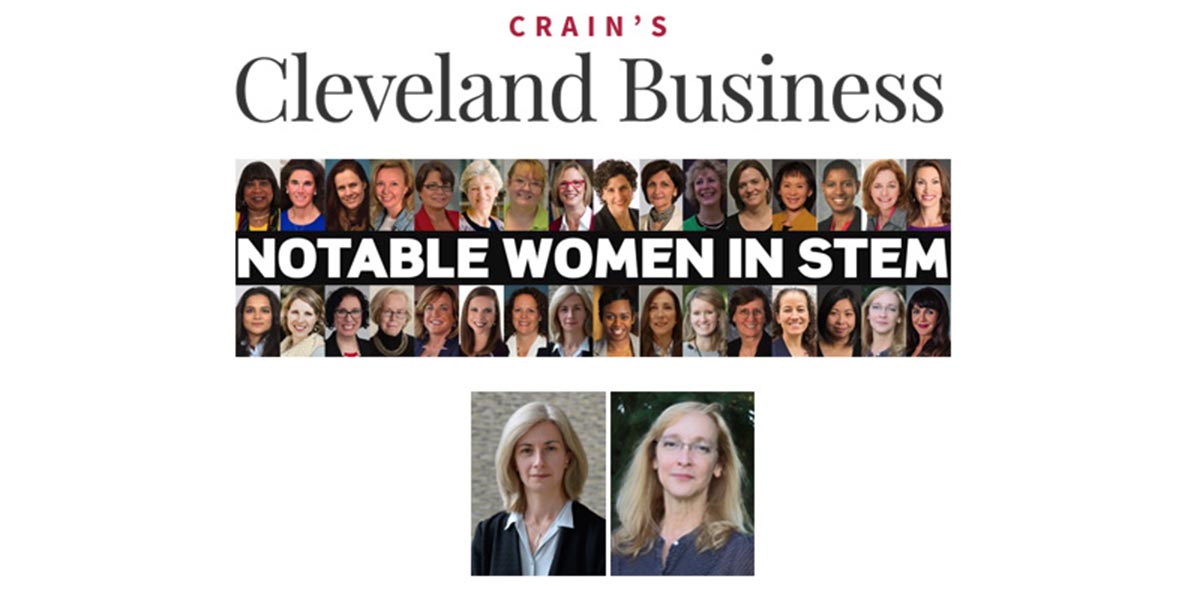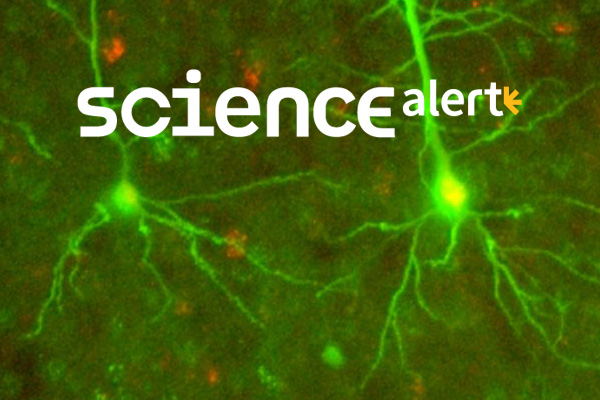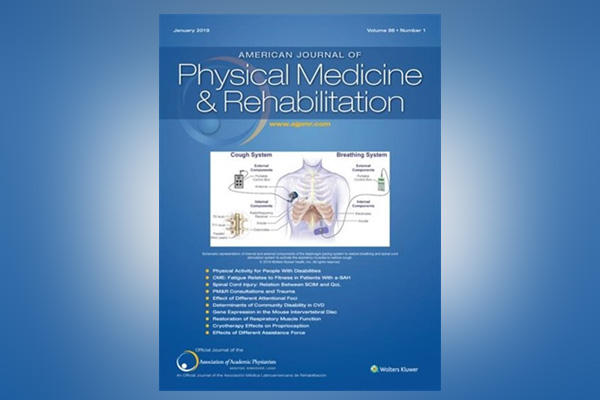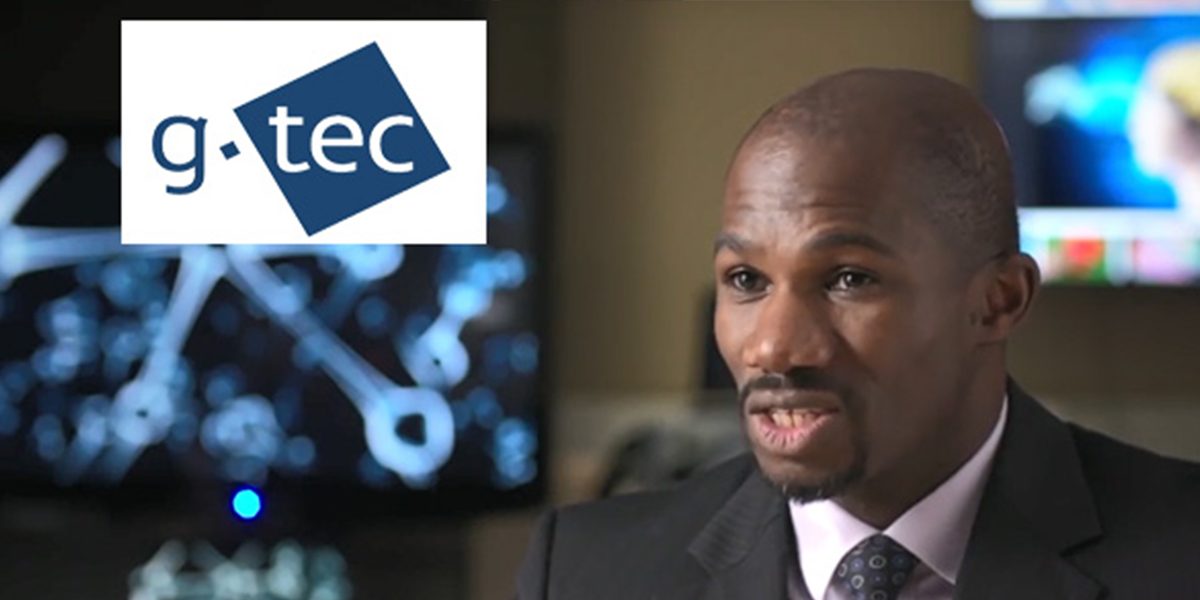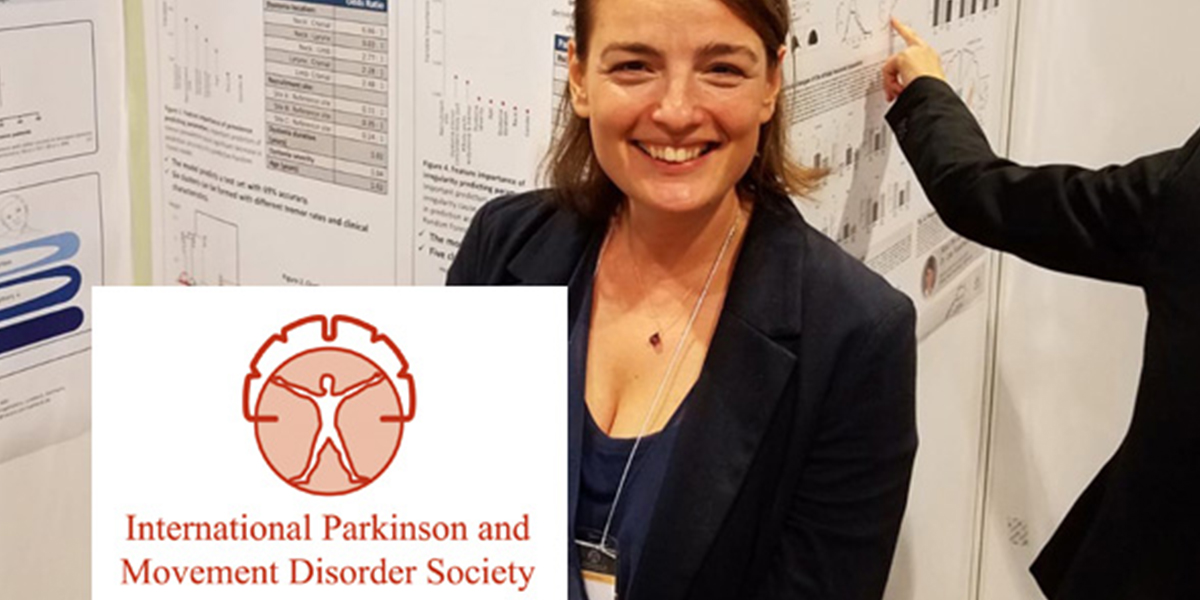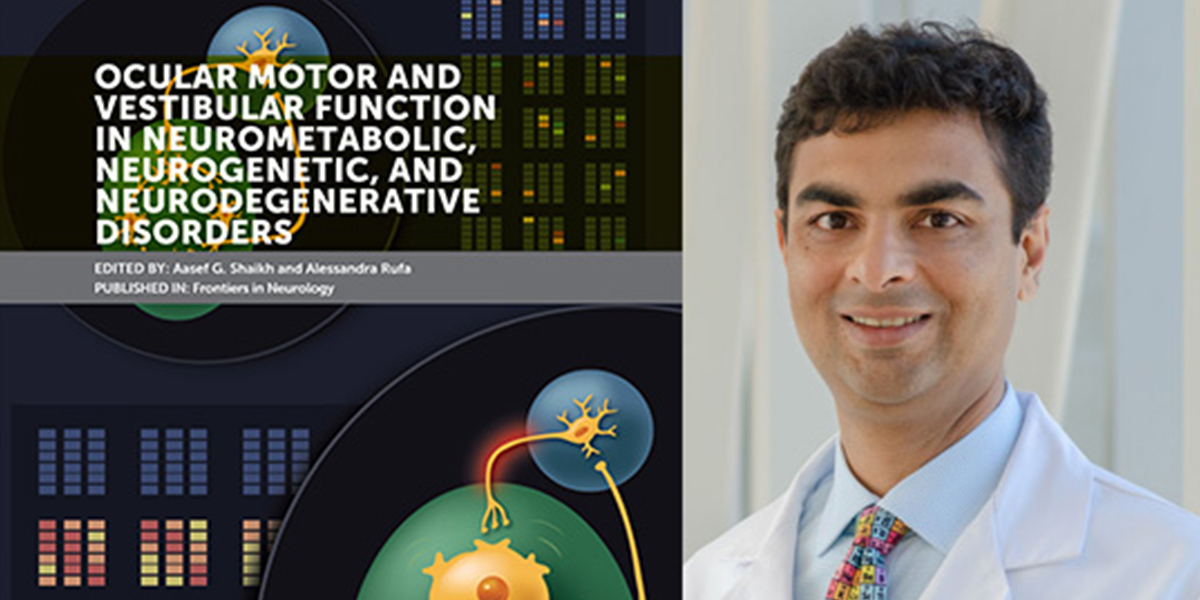Neurotechnology today: What’s real, what’s coming
A balanced discussion of the realities, the mythologies, and the concerns surrounding cutting-edge brain research. A new film, I AM HUMAN, takes a comprehensive look at the realities of neurotechnology today. The film follows three patients for whom experimental treatment may be the best option. Experts weigh in on the difficulties and the promise of neurotech.
Details
